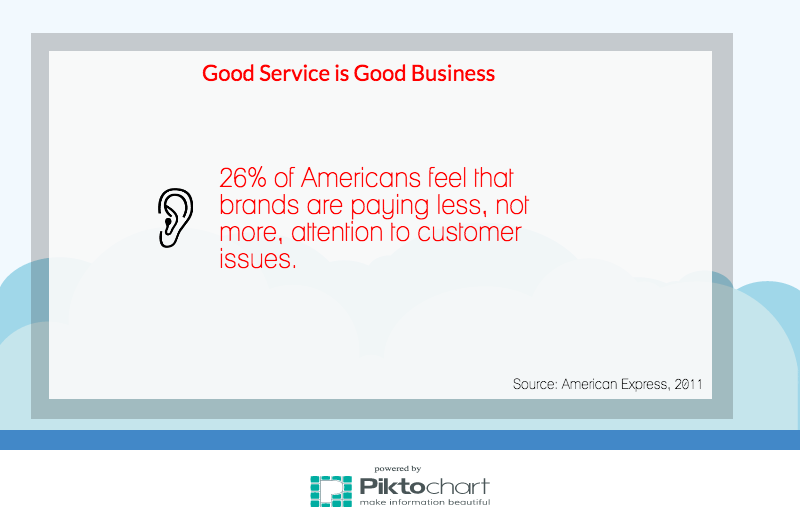In 2015 you may think it's weird to say social media is the future of customer support, after all, aren't most brands offering customer support on social media now? Well, yes and no.
It's true that many companies are offering social media customer service these days, to varying degrees of quality and consistency, but not many think of it as their most important support channel and the key to the next stage in their customer support strategy.
However, there are a lot of great benefits, both to brands and customers, when companies put real effort and resources into providing customer support via their social media channels.
Breaking down the language barrier
Many companies see customer support as a loss-leader and a cost center, so outsourcing is a consistent reality across most industries. With traditional phone support this can lead to bad experiences for customers who often complain about difficulty understanding other accents they're not familiar with. Further, our global economy means many brands, even small and medium size companies, need to be able to provide support in a myriad of different languages.
Text based customer support provides the opportunity to easily translate foreign languages using built in translation and free third party tools like Google Translate. This means that whether you're outsourcing your support or just need to be able to provide support in multiple languages with a small team, your team is instantly more well-rounded and can provide service to more customers with fewer language issues.
Shorter wait times and faster responses
What if support could be both a fast and passive experience for the customer? Even online chat support options don't eliminate the aspect of a customer support experience actively tying up the customer's time. One of the most common complaints about customer service is that it's too slow and wait times are too long.
In fact, American Express found that 26% of the general population is annoyed by the phrase "Your call is important to us. Please continue to hold." And to be honest, you probably are too. You're creating a better support experience just by taking away that active waiting that everyone hates.
"What if support could be both a fast and passive experience for the customer?"
With a well-planned support strategy that focuses on social media as its key, rather than as an ancillary support channel, you can easily address those issues, improving the support experience without significantly increasing the cost of providing support.
Customers no longer have to sit on the other end of a phone line or chat window, waiting to get a solution to their issue. They can easily ask a question, go on with their lives, and return when it is convenient for them to continue working to resolve the issue, whether it's urgent and they return in 10 minutes, or if it's not a huge concern but needs to be addressed in the near future, and they return to check their post later that night after work.
The customer has more control over the type of support experience that they're receiving and can get exactly what they're looking for! You're creating a custom solution to suit each customer's needs that doesn't require custom processes within your team. How awesome is that?
Built in metrics and easier tracking
Another benefit to you and your customers is that customer support response times at every step, from the first touch, to escalation (if necessary), to resolution, the Grade of Service being provided by your support team can be tracked, allowing you to easily understand bottlenecks in your team's workflow, where improvements need to be made, what is working, and what is not.

We'll talk more about how to implement this Grade of Service tracking in a future blog post, but to be sure it is a powerful tool that allows you to quickly recognize and address issues with your team's response times at every level, creating a better overall experience for your customers, while building trust in your brand as a company that stands behind their products and does customer service right.
Is it worth all of this trouble to provide better service? That's up to you to decide, but consider that 13% of Americans say they are willing to spend more with brands that offer better customer service, and with 26% of Americans believing that companies are actually paying less, not more, attention to their customer's needs and issues, it's a great opportunity to differentiate your brand from your competitors and make customers take notice!
Tags:
Social Customer CareFeb 25, 2015


